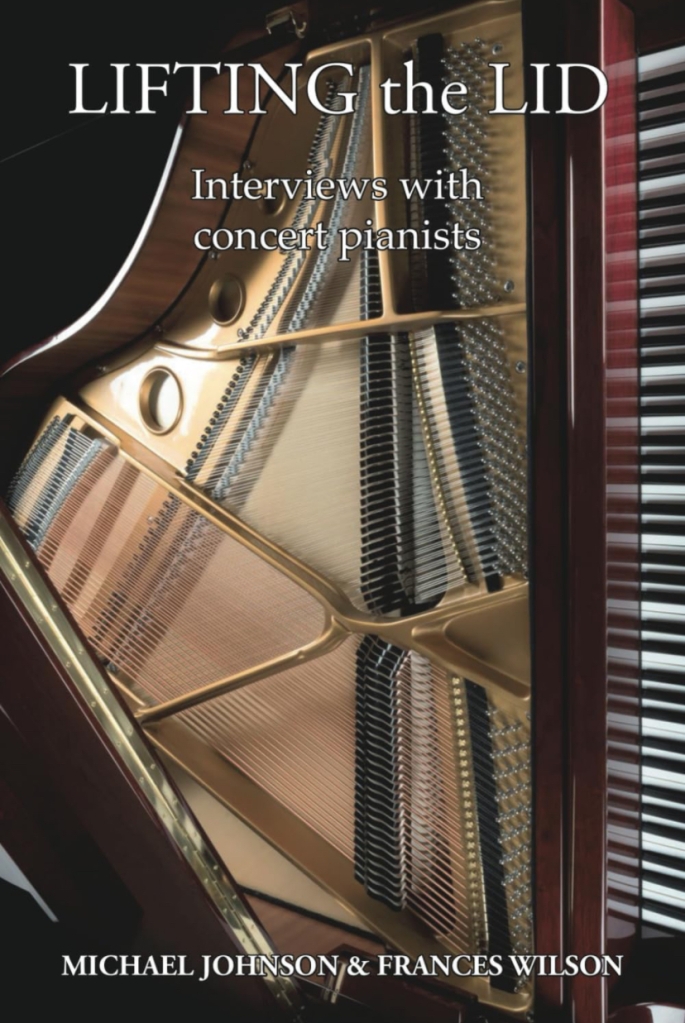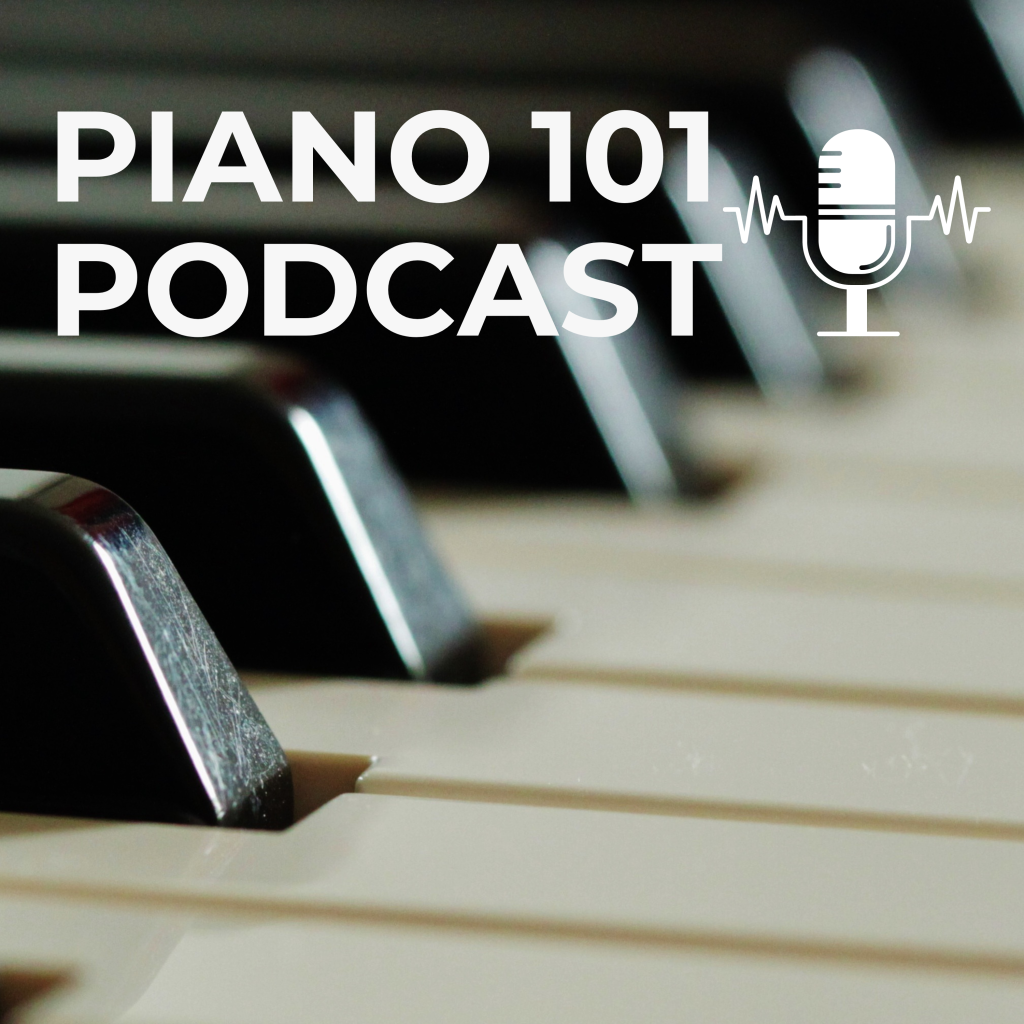Some years ago, when I was preparing for one of my performance diplomas, I received some mentoring from a concert pianist acquaintance. On placing my copy of Liszt’s Sonnetto del Petrarca no. 123 on the music desk of the piano, he commented that there was “an awful lot of writing on it” and that it might be better if I worked from a clean score. I replied that I found the notes, annotations and personal doodles helpful; he then told me an anecdote about A Very Famous Pianist who would work from a photocopy or second copy of the score and put the original away in a drawer. It was only when I was working towards my Fellowship diploma, for which Schubert’s Sonata D959 was the main work in the programme, that I recalled this anecdote and I invested in several copies of the Henle edition of the sonata – one was my “working score”, the other a clean score (I also had a Barenreiter edition of the score because I found the introductory notes useful). As you can see from the photo, the working score of the Schubert is really quite messy – and I suspect my concert pianist acquaintance would be appalled by the number of annotations scrawled upon it.
I recently revisited the Liszt Sonetto and was genuinely horrified by the mess I’d made of the score – so many annotations, directions to myself (such as “Head up!” to remind me not to dip my head into the keyboard to give the impression of profound emotion!) and sundry other scribblings, many of which I now found illegible or incomprehensible. I wanted to play the piece but the annotations were simply too distracting. And because it’s an inexpensive score, to rub out all the markings would make a mess of the paper…. A clean score would mark a clean start.
At the most practical level, annotations can help us find our way around the music. Fingerings in particular need to be marked up and are invaluable when returning to a previously-learnt piece, enabling one to (re-)negotiate tricky passages. But a clean score of a previously-learnt work can be very liberating – as I found when I returned to the Schubert sonata with a view to reviving it. With a brand-new score, I noticed new details in the music, so much so that at times I felt I was learning a different piece – and then the anecdote about the concert pianist who put his clean scores in a drawer really made sense to me. If you have spent weeks and months – years even – with the same score, the same familiar pages, now dog-eared and friable from so much use, you stop seeing all the notes and personal markings. A clean score is a useful wake-up and a chance to refresh the music.
Students may be reluctant to write on their scores, perhaps seeing the text as something inviolable. As a teacher, I encourage students to mark up their scores: the act of writing a note is an important part of the learning process, and besides, notes made in pencil can be rubbed out when no longer needed. Also, some editorial markings in scores, especially in exam pieces, can be confusing – fingerings may need to be changed or a bar or section might require some additional clarification. Because teaching is about respect (or at least it should be), I never write on a student’s score without their permission (though I have witnessed other less respectful teachers scrawling bossy notes across a student’s score without asking first).
Annotations and the other writings on our scores are also incredibly personal and significant and represent our own special relationship with the text, and a specific time in our musical development. Our notes and markings may be intimate and private, and, almost diary-like, chronicle an evolving relationship with the music.
If you enjoy the content of this site, please consider making a donation towards its upkeep:
(Header image: part of Glenn Gould’s Goldberg variations score)
music.
If you enjoy the content of this site, please consider making a donation towards its upkeep:









